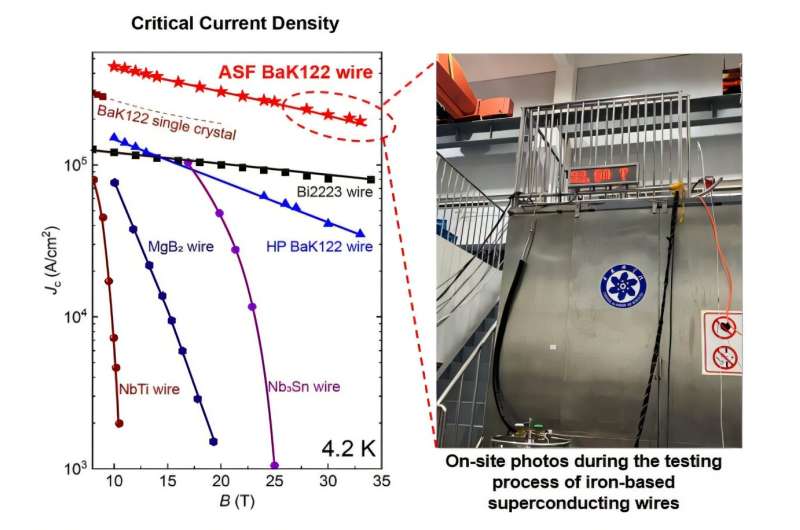Innovative advancements in fusion energy have taken a significant step forward, with the UK-based company First Light Fusion announcing a breakthrough method that could lead to commercially viable fusion power. This new process, named FLARE, or Fusion via Low-power Assembly and Rapid Excitation, marks a pivotal moment in the quest for sustainable energy production.
Fusion power harnesses the immense energy released during nuclear fusion reactions, which occur when two light atomic nuclei combine to form a heavier nucleus. This reaction has the potential to provide near-limitless energy, offering a clean alternative to fossil fuels. Despite decades of research, a practical fusion reactor has yet to be realized. However, the recent achievements by First Light Fusion suggest that the dream of fusion energy is closer to becoming a reality.
Breakthrough in Energy Gain
First Light Fusion’s innovative approach has achieved “high gain” inertial fusion, a significant milestone in fusion research. In this context, “gain” refers to a reaction that produces more energy than is required to initiate it. Historically, fusion experiments have struggled to achieve this, often consuming more energy than they generated. The company’s success in attaining high gain signals a more achievable path toward the development of a functional fusion reactor.
The FLARE process has the potential to achieve a gain of 1,000, vastly exceeding the previous record of four set by the U.S. Department of Energy’s National Ignition Facility in May 2025. By separating the processes of compressing and heating fuel, FLARE utilizes a technique known as “fast ignition” to produce a substantial surplus of energy. This breakthrough represents the first practical application of this technology, which has been under exploration for years but remained elusive.
In their white paper detailing the FLARE process, First Light Fusion states that just one kilogram (approximately 2.2 lbs) of fusion fuel has the energy potential equivalent to that of 10 million kg (around 22,046,226 lbs) of coal. Achieving ignition requires heating the fuel to about 100 million kelvin (approximately 179,999,540 degrees Fahrenheit). Although generating such extreme temperatures demands significant energy, the anticipated energy yield from self-sustaining fusion would far outweigh initial costs.
Future Implications for Energy Production
If FLARE functions as hypothesized, it could establish a pathway toward self-sustaining fusion, allowing for the construction of multiple reactors capable of powering vast regions. This development signifies a monumental step in the transition away from non-renewable energy sources, potentially reshaping the global energy landscape.
While this achievement is encouraging, it is important to recognize that the journey to practical fusion power is still ongoing. The successful implementation of First Light Fusion’s technology will require further research and development. Nonetheless, the consistent breakthroughs in fusion power research are transforming what was once considered a distant dream into a credible possibility.
As the world continues to grapple with the challenges of climate change and energy sustainability, advancements like FLARE may offer a glimpse into a future where clean, limitless energy is not just a possibility but a reality. With ongoing innovations, the timeline for achieving functional fusion reactors appears increasingly optimistic.







